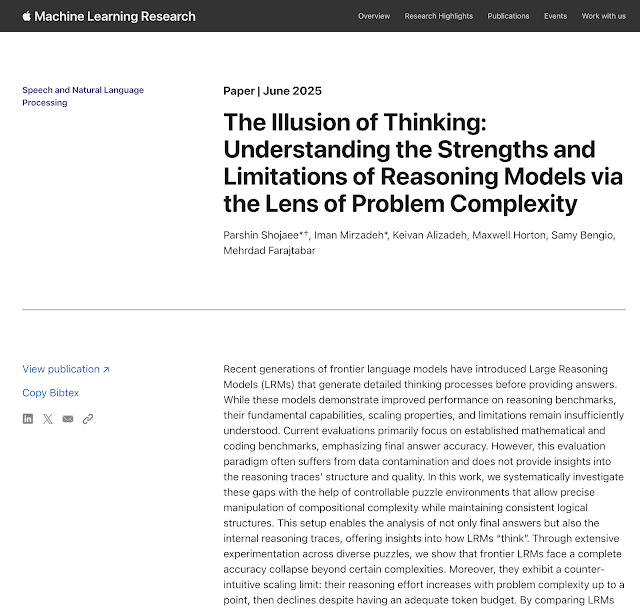https://www.familysearch.org/en/tree/person/details/L19W-7W9
Remember, as this story unfolds, that "Important research has been done on this person. Please read these alert notes before making changes." Also, he has a hefty 60 sources attached. Let's look at this amazing person. Oh, I should mention that the information in the FamilySearch Family Tree changes daily. I should also mention my research in Rhode Island has shown multiple people with the same William Tanner name during the years from 1657 to 1740.
Here is his wondrous story.
William Francis Tanner was suposedly born on 10 March 1657 in Chipstead, Surrey, England. There is a note that first mention of William in Rhode Island was in 1682 when he is 25 years old. However, he is married to Elizabeth Colgrove GWPP-Y78 who was apparently born in Sussex, England in 1665 and died in Sussex after the couple had five children who are born from 1680 to 1700 also in Sussex. Meanwhile, William was busy in Rhode Island by 1682. But he has to return to Sussex for children born in 1684, 1689, 1690, and 1700.
In Rhode Island, William marries Hannah Tibbetts L6PR-VD4 in 1690 so he crosses the Atlantic just in time to have his daughter in Sussex in 1690. Quite a world traveler. He only manages to have one child with Hannah who dies in 1688. He quickly marries another woman, Mary Babcock, in 1690 and fourteen additional children born in 1691 (back to Rhode Island), two children in 1692, 1694, 1698, 1700, 1704, 1710, 1712, 1714, 1717, 1719, Deceased, and Deceased. Meanwhile, remember those five children born in England. He has multiple trips across the ocean.
This William Tanner is currently only related to me through Sir Richard Vernon G4BD-PSP born in Derbyshire, England in 1415 and who died in 1451.
This prolific William Tanner started out as my direct line ancestor before he was taken over by those Family Tree users who don't seem to have anything productive to do except make changes to this unfortunate family. My direct line is through another William Tanner that does not have the problem of multiple ocean crossings and three wives.
These Revolving Door people are a significant waste of time and give the Famiily Tree a bad reputation among responsible genealogists. By the way, there do not appear to be any sources that have William Tanner with a middle name in Rhode Island.















